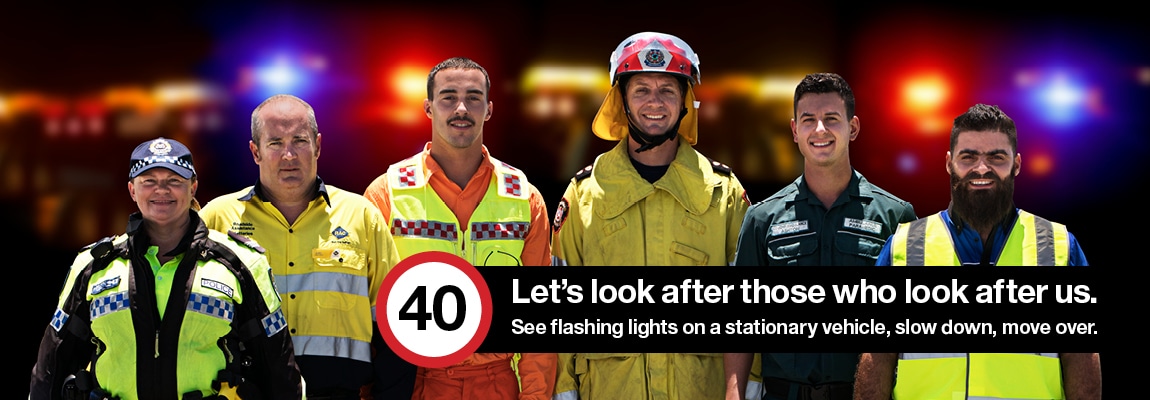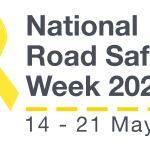The State Government has recently introduced the SLOMO law; a rule intended to improve the road safety of people attending roadside emergencies in Western Australia. Aligning with the values of WARP Group – Perth’s premier team of traffic control and management professionals – the SLOMO rule enhances safety during accidents or hazards.
What Does SLOMO Mean for Road Users?
Introduced to provide a safer working environment for road incident response teams, SLOMO stands for Slow Down, Move Over. The law requires drivers to slow down to 40 km/h when approaching stationary emergency vehicles displaying flashing lights.
Where Does SLOMO Apply?
The SLOMO law applies to freeways, highways and all roads across WA.
Understanding SLOMO
SLOMO applies to all emergency service and first response vehicles requiring fast attendance to incidents. As well as emergency vehicles, SLOMO applies to tow trucks, RAC roadside assistance and Main Roads Incident Response vehicles.
When passing an incident, anecdotal evidence suggests that drivers often observe the event and may become distracted. When going at high speeds on freeways, highways and the country network, this poses a great risk to members of the public and responders.
For vehicles passing on the other side of the road, SLOMO does not need to be observed. However, if an incident has occurred in the middle of the road or on a medium strip, both directions of traffic must adhere to SLOMO.
Penalties for Breaking the SLOMO Law
If you’re found to have broken the SLOMO law, you could be fined $300 and lose three demerit points.
The Road Safety Commission is overseeing a two-year monitoring and evaluation of SLOMO and its effectiveness. It seeks to evaluate the safety of incident response personnel, driver behaviour changes, community education and any unintended consequences including secondary crashes and traffic congestion. If you have feedback on SLOMO, email the Road Safety Commission.
Police, Fire and Ambulance
Emergency vehicles are considered to be police, fire and ambulance vehicles as well as tow trucks, RAC roadside assistance and Main Roads Incident Response vehicles.
What to Do as an Emergency Vehicle Approaches
If you notice an emergency vehicle approaching, stay calm and see where it is. If you can, give way to it by moving as far to the left of the road as possible. If you can’t move left, slow down and indicate left to let the emergency vehicle drive around you. Be sure to allow other vehicles to move into your lane if they may be restricting a clear path for an emergency vehicle. Always use your indicators to signal your intentions to the driver of an emergency vehicle.
Find Out More About WARP Group
At WARP Group, our Perth professionals specialise in traffic control and management. We’re committed to enhancing the safety of our roads for both the general public and for emergency vehicles and response teams.
In addition to traffic control services, we also offer a variety of traffic management courses at WTA to properly prepare you for a career in traffic control.
Find out more about our services and courses. Call WARP Group on (08) 9493 8700 and WTA on 1300 019 304.




